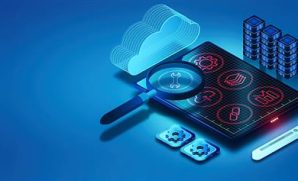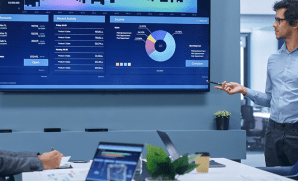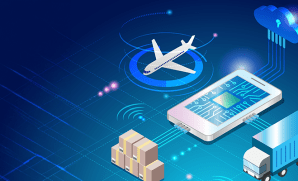SAP Master Data Governance- its Idea Origination
Publish Date: October 5, 2017SAP Master Data Governance- its Idea Origination
When it comes to what is SAP Master Data Governance (SAP MDG), by natural curiosity, a series of questions come to mind.
What is SAP MDG?
Why use SAP MDG?
Is it a high-value-add tool from SAP for which one would give a huge thumbs-up?
Is it a “must have” in the SAP architecture for max value as businesses move more and more into the cloud?
The second set is:
How do we set up and configure SAP MDG and where?
How do we use the tool for our day-to-day work and to increasing depth, sophistication and value?
What is its User Interface? What is the Work Flow within SAP MDG? What is rule-based Work Flow?
What else can be set up in SAP MDG? How is Master Data managed within SAP MDG?
To fundamentally understand what SAP MDG is, one must first be able to distinguish between Master Data and Transactional Data in SAP.
Master Data is consistent across the organization globally. It is usually shared across business process groups, continents, regions, countries, departments or functions, which typically, own either whole or part of it, depending on the overall size of the enterprise. The data remains essentially static over time, except for certain sets of selective attributes, which may change or get dynamically updated, over time. It is generally kept complete, enriched, standardized and used across the enterprise to directly or indirectly support a wide array of business operations, which cross-reference or utilize this data ‘in and out’ in their daily operations.
Master data objects are also the business core of the enterprise ERP system and carry most of the core tables, which are consistent, constant and extensively accessed or visited by end users or other business objects used in daily operations for data use or updates. Examples of Master Data are: (i) Sales Area data of Customers, (ii) Address, Communications Profiles and Tax data of Business Partners, (iii) core information about products or materials used, their purchasing, sales, accounting or costing attributes at different levels – client, plant, sales or purchase organization.
Whereas, transactional data is operational data and keeps getting generated as line items, by the minute, hour, shift, day, week, month and year in varying frequencies. Examples of transactional data are: invoice data entry, purchase orders, sales orders, inventory data, accounts receivable and payable data, source lists, purchasing or customer info records. Most of these are captured as line items by business operators in a day-to-day operations context.
Over the years, the SAP systems landscape has evolved in depth and complexity, with additional features thru new releases, solutions spinning off from the Enterprise Central Component to independent boxes, offering enriched functionalities, and the number of such offerings having sky-rocketed. Also, most SAP clients, in real life implementations, decide to keep what is of true value in their existing systems and choose to have interfaces to SAP ECC or other extended functionalities being introduced in customized setups. Because of the plethora of such unique system establishments and evolution in the global business landscape and due to a series of detailed client feedback reviews, SAP decided to come out with its own solution for the central governance of their master data outside the general business level in SAP 4.6c/ECC. Solution could also use its own sub-processes to govern and update information in a unified, consolidated and harmonized way across all systems in the landscape and feedback the harmonized ‘one version of the truth’ master data thru back-end interfaces to keep them all in sync to enable client businesses to gain economies of scale by maintaining a single version of these key master data objects across their entire business landscape.
This is the journey which has evolved into the SAP Master Data Management (SAP MDM) and SAP MDG offerings from SAP. In a series of blogs, we will next, critically visit and examine the evolution and features of SAP’s MDG solution, what it entails, and where it is going from here.
*Reference:
Simplify your SAP environment and get more than what you think from SAP with YASH
Mohandas Warrier, SAP Solution Architect @ YASH Technologies















